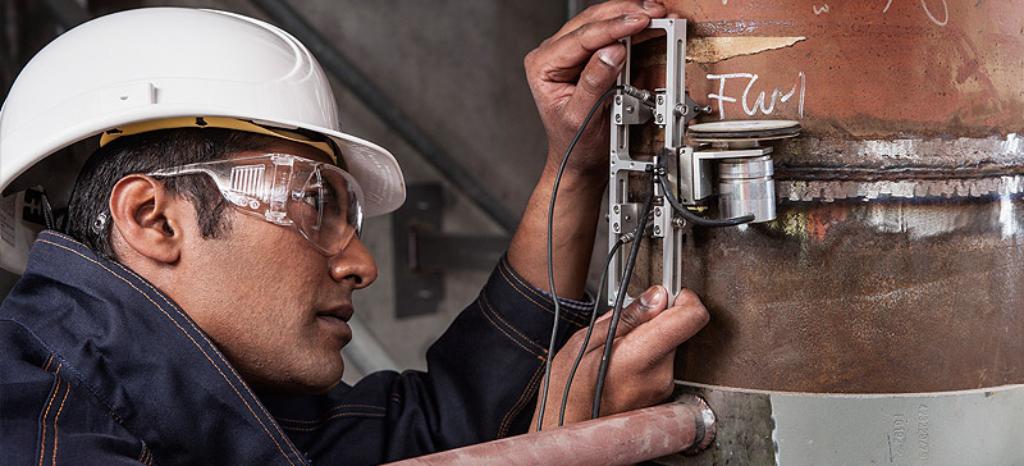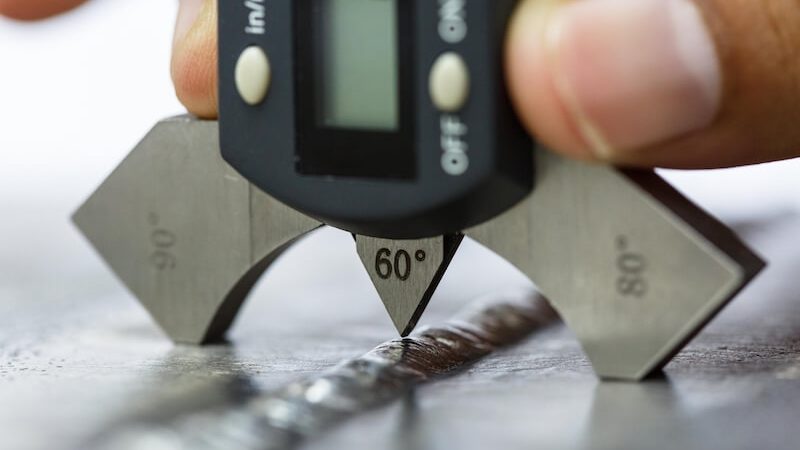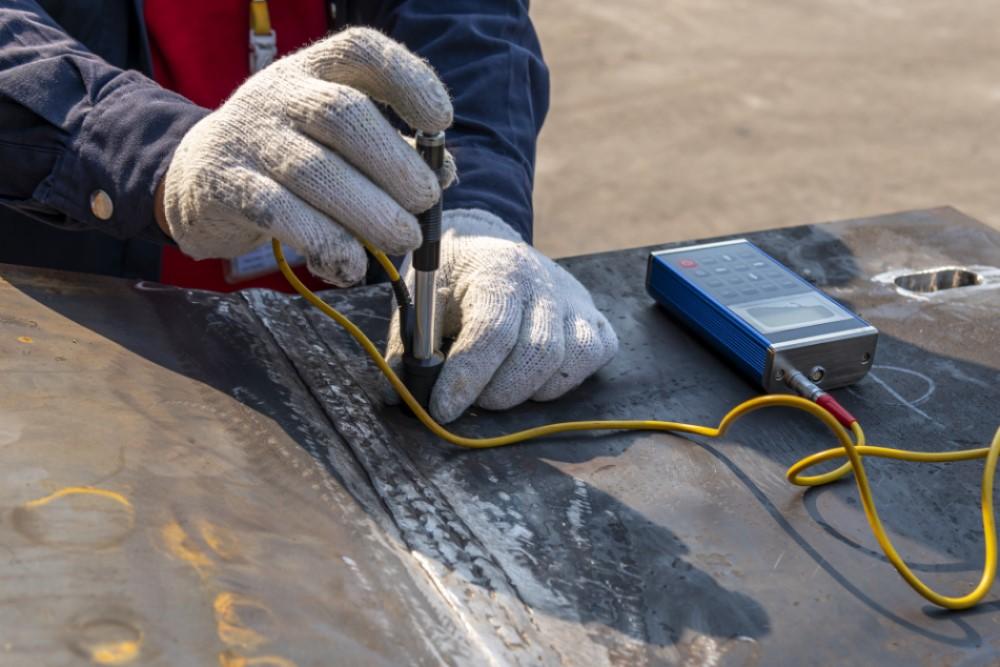Comprehensive Houston Welding Inspection for Improved Efficiency and Longevity
A Comprehensive Overview to Understanding Just How Welding Inspection Functions: Methods, Requirements, and Best Practices for Quality Control in Metal Fabrication
Recognizing the details of welding assessment is important for preserving the integrity of steel manufacture. Implementing ideal methods can considerably boost high quality assurance steps. The landscape of welding inspection is not without its obstacles.
Significance of Welding Inspection
Although welding is a critical procedure in various sectors, its stability directly influences the security and efficiency of structures and components. Efficient welding inspection is crucial for determining defects that can compromise the top quality and sturdiness of bonded joints. This process makes sure adherence to established specs and standards, which are vital for keeping architectural honesty and functional integrity.
Welding assessment serves numerous purposes, including validating that the welding process has actually been implemented correctly, examining the top quality of materials used, and verifying that the ended up item satisfies governing and industry requirements (Houston Welding Inspection). With strenuous examination, potential issues such as porosity, fractures, and insufficient blend can be detected early, mitigating and preventing costly repair work security dangers
Additionally, constant welding assessments foster self-confidence amongst stakeholders, including engineers, customers, and regulatory bodies, by showing a dedication to quality control. The value of welding assessment can not be overstated; it is essential not only for conformity with legal demands but also for boosting the overall efficiency of welded structures. Ultimately, a durable welding examination program is an aggressive procedure that safeguards against failures, making certain the durability and dependability of welded parts in their designated applications.
Usual Welding Evaluation Strategies

Visual inspection is the first line of defense, allowing inspectors to identify surface defects such as cracks, damages, or insufficient blend. Radiographic screening uses X-rays or gamma rays to expose interior problems, making it suitable for complicated welds. Ultrasonic testing utilizes high-frequency acoustic waves to discover subsurface problems, offering accurate measurements of weld integrity.
Magnetic fragment screening is efficient for ferromagnetic materials, highlighting surface and near-surface gaps when bits are put on a magnetic area. Alternatively, color penetrant testing uses a fluid dye to reveal surface-breaking defects, ensuring that also the smallest flaws are detected.
Each strategy has its restrictions and staminas, typically necessitating a combination of approaches for extensive assessment - Houston Welding Inspection. By using these evaluation strategies, quality guarantee in metal manufacture is attained, making sure that welded frameworks meet security and performance requirements
Industry Specifications for Welding


The American Welding Society (AWS) and the American National Criteria Institute (ANSI) are two prominent organizations that develop welding criteria. AWS D1.1, for example, details the requirements for welding steel structures, while AWS D1.2 concentrates on light weight aluminum. Globally, the ISO 3834 common addresses high quality demands for website here combination welding, giving a structure relevant throughout national borders.

Finest Practices for Quality Control
Quality guarantee in welding is vital to achieving durable and secure building and constructions. Developing a comprehensive top quality monitoring system (QMS) tailored to the details welding project is essential.
Routine training and accreditation of welding employees are vital for keeping a knowledgeable workforce. Continual education on the most up to date welding methods and technologies makes sure that inspectors and welders are experienced about existing standards and methods.
Additionally, carrying out pre-weld examinations to examine products and equipment can stop issues before they happen. Houston Welding Inspection. Throughout the welding procedure, real-time surveillance and documentation of welding specifications aid identify variances immediately. Post-weld evaluations must entail comprehensive assessments making use of non-destructive testing (NDT) techniques to make certain the integrity of the welds
Additionally, preserving clear interaction amongst group participants advertises a society of top quality. Normal audits and reviews of the welding process assistance recognize locations for renovation. By sticking to these ideal techniques, companies can attain optimum top quality guarantee, inevitably bring about enhanced safety and performance in metal fabrication projects.
Obstacles in Welding Inspection
Although welding inspection is critical for ensuring architectural honesty, it provides a range of obstacles that can make complex the analysis process. One significant obstacle is the irregularity in welding strategies and products used, which can impact the consistency of weld top quality. Various welders may employ differing techniques, resulting in discrepancies that inspectors need to recognize and examine.
One more difficulty involves the discovery of problems. Non-destructive testing (NDT) approaches, such as ultrasonic and radiographic testing, can be intricate and require skilled professionals to translate outcomes properly. False positives or downsides can happen, possibly leading to pricey rework or jeopardized safety and security.
Furthermore, the visibility of environmental variables, such as go temperature and moisture, can influence the stability of welds and the effectiveness of assessment strategies. Examiners have to also browse the governing landscape, guaranteeing conformity with industry requirements, which can differ by jurisdiction and application.
Conclusion
To conclude, welding inspection plays a crucial duty in ensuring the stability his response and safety and security of steel fabrication. Utilizing a range of examination techniques, adhering to well-known industry requirements, and carrying out reliable top quality management practices collectively enhance the dependability of bonded frameworks. In spite of the obstacles encountered in the examination process, a commitment to continuous improvement and adherence to best practices can considerably boost the high quality assurance framework, promoting higher confidence among stakeholders in the welding market.
Efficient welding evaluation is vital for determining problems that could compromise the top quality and durability of bonded joints.In addition, constant welding assessments foster self-confidence among stakeholders, consisting of designers, clients, and regulatory bodies, by showing a dedication to high quality assurance.The American Welding Culture (AWS) and the American National Specification Institute (ANSI) are two prominent companies that establish welding criteria. Throughout the welding process, real-time surveillance and paperwork of welding parameters aid determine disparities instantly. Despite the difficulties faced in the examination process, a dedication to continuous renovation and adherence to best techniques can substantially bolster the top quality assurance structure, fostering higher confidence amongst stakeholders in the welding industry.